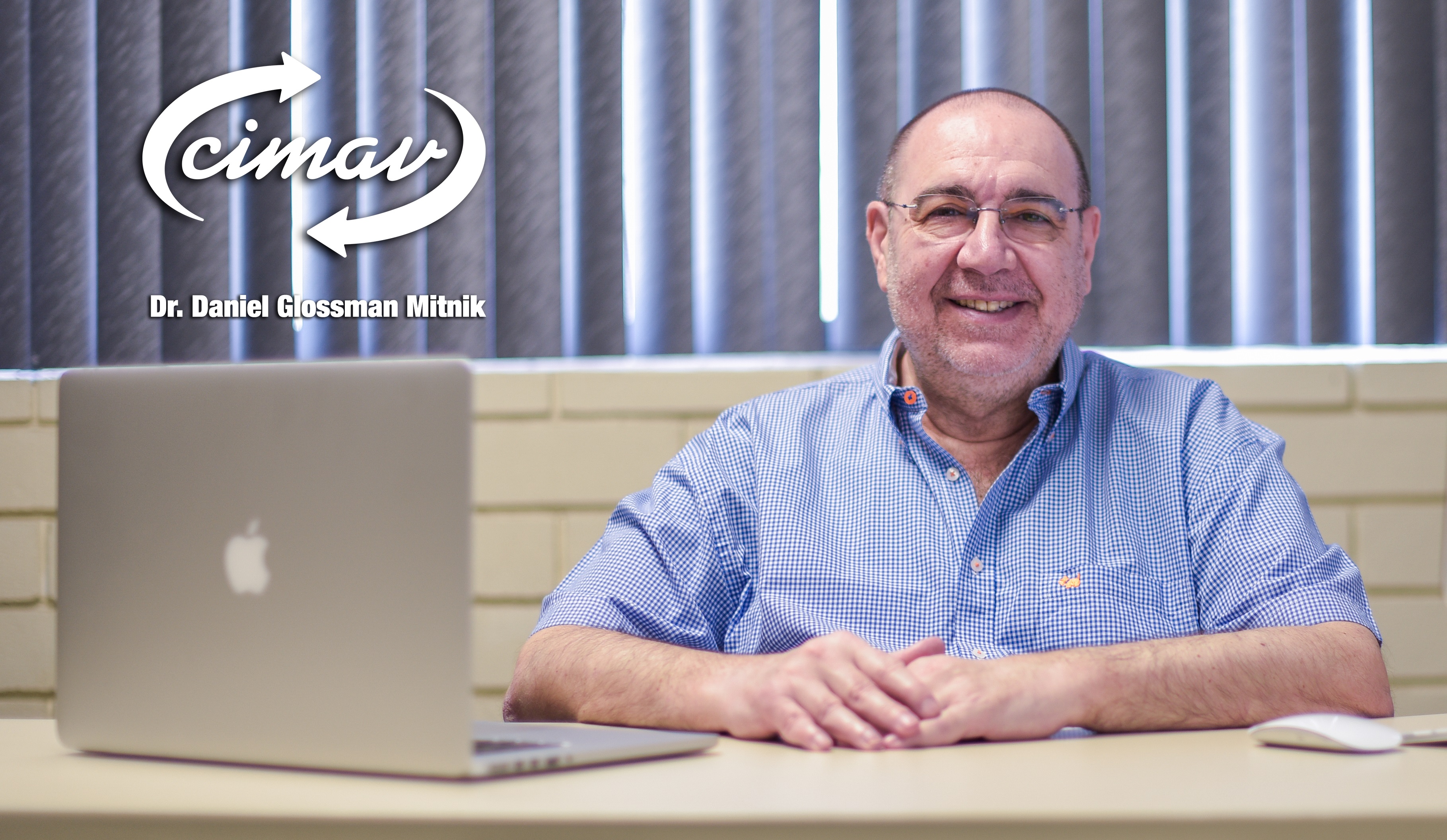Computational Medicinal Nanochemistry

Dra. Norma Flores
At Cimav, a group of scientists specialized in Computational Chemistry seeks to develop a drug (through an amino acid or artificial peptide) against Alzheimer’s, Parkinson’s and diabetes.
The researchers of the NANOCOSMOS Virtual Lab (Laboratorio Virtual NANOCOSMOS) carry out a great research project related to health, production of alternative energies and studies of dyes extracted from plants, fruit and vegetables. This project emphasizes Computational Medicinal Nanochemistry.
In the area of health, the investigation on degenerative diseases focuses their studies on amino acids because they are the basic components of proteins.
In Food Science, the “Maillard Reaction” is well known (named after the French chemist who first described it): it consists of the reaction produced between a reducing sugar and an amino acid (the link of a small number of amino acids forms peptides and in a higher number they form proteins).
When a reducing sugar reacts with a protein, a compound called Schiff base is formed and the accumulation of several of these compounds degrades proteins until they create “Advanced Glycation Endproducts” (AGEs) that originate fibrils that accumulate in the brain.
It is hypothesized that when brain proteins degrade they may cause degenerative diseases such as Alzheimer’s, Parkinson’s or diabetes.
An example of the Maillard reaction is adding sugar to grilled meat to give it a brown appearance, that is, sugar and protein.
With the purpose of avoiding the Maillard reaction they seek to develop an amino acid or artificial peptide that hinders the sugar reactivity. This type of medication is known as Glycation Inhibitor.
The group at the NANOCOSMOS Virtual Lab has formulated and calculated a group of molecules with the potential to inhibit the Maillard reaction, which is a significant step for the potential development of a drug. This work is a valuable contribution to international scientific research.
Alternative Energies
In the area of alternative energy, the work is focused on Photovoltaic Solar Cells and Artificial Photosynthesis.
Since in solar cell production extremely pure silica is used, which is a costly material, scientists around the world try to find other materials which are just as efficient, but cheaper.
At Cimav they are focused on the analysis of natural colorants from food with the purpose of implementing them in photovoltaic solar cells.
Therapeutic Peptides
In addition to this the specialists in Cimav carry out scientific work on marine therapeutic peptides, from mollusks, crustaceas and microalgae.
Computational Chemistry is the branch of the science that studies the structure and properties of atoms and molecules by means of calculations performed through a computer. Its objective is to modify, improve and adequate the molecular systems to the needs of each work.
The research related to this discipline is done in a Virtual Laboratory and works as a predicting tool of the properties of known molecular systems, and even of those that are currently undiscovered.
For several decades, the industry has developed a large part of its research through Computational Chemistry (also known as Molecular Modeling), because it is an efficient and economical procedure that requires a smaller time to reach its goals, and these considerations are of great importance for the development of private companies.
Due to the importance of this discipline, in 1998 and 2013, the Nobel Prize in Chemistry was awarded to renowned Computational Chemists of international prestige.
Other scientific contributions
- This working group developed the design of molecules with a potential to be used against Chagas disease (an infection caused by tropical parasites and which represents a public health problem in Central and South America).
- In addition to this, they carry out research to increase the effectiveness of a drug against breast cancer (tamoxifen) with the purpose of taking it directly to cancer cells (drug delivery or controlled release) and avoiding damage to healthy cells. The investigation uses molecules called nanodiamonds which possess excellent physical and chemical properties.
- They also investigate the resistance developed by tuberculosis to the existing medications against it. In this section they analyze the possibility of including several active compounds of different medications into a single drug (through fullerenes).
This research group has managed to contribute new knowledge to science, increasing the probability of developing materials to be used in medicine, energy and food.
The team of specialists has a great number of articles published in indexed journals with a high impact factor. It has international recognition and is the first in the north of Mexico to implement Molecular Modeling and Computational Chemistry.
In the country, there are around 30 research groups dedicated to Computational Chemistry, out of which only 5 are focused in health-related work. The group in Cimav is one of the most important ones because it spearheads the use of computer programs to develop scientific investigations.
The area of Computational Chemistry and Molecular Modeling collaborates with the University of Balearic Islands (located in Palma de Mallorca, Spain), the Autonomous University of Chihuahua, the Autonomous University of Sinaloa, the University of Sonora, the Autonomous Metropolitan University (Iztapalapa campus), the Center of Research and Advanced Studies, and the Center of Research on Food and Development (Delicias and Cuauhtemoc Units, Chihuahua).
- Computational Medicinal Nanochemistry (Diabetes, Alzheimer, Tuberculosis, Parkinson)
- Computational Photovoltaics, Artificial Photosynthesis and Photodynamic Therapy
- Nanomolecular Modeling of Therapeutic Peptides of Marine Origin
- Computational Nanochemistry of Maillard Colored Reaction Products
- Nanomolecular Modeling of Chromoproteins and Fluorescent Proteins
